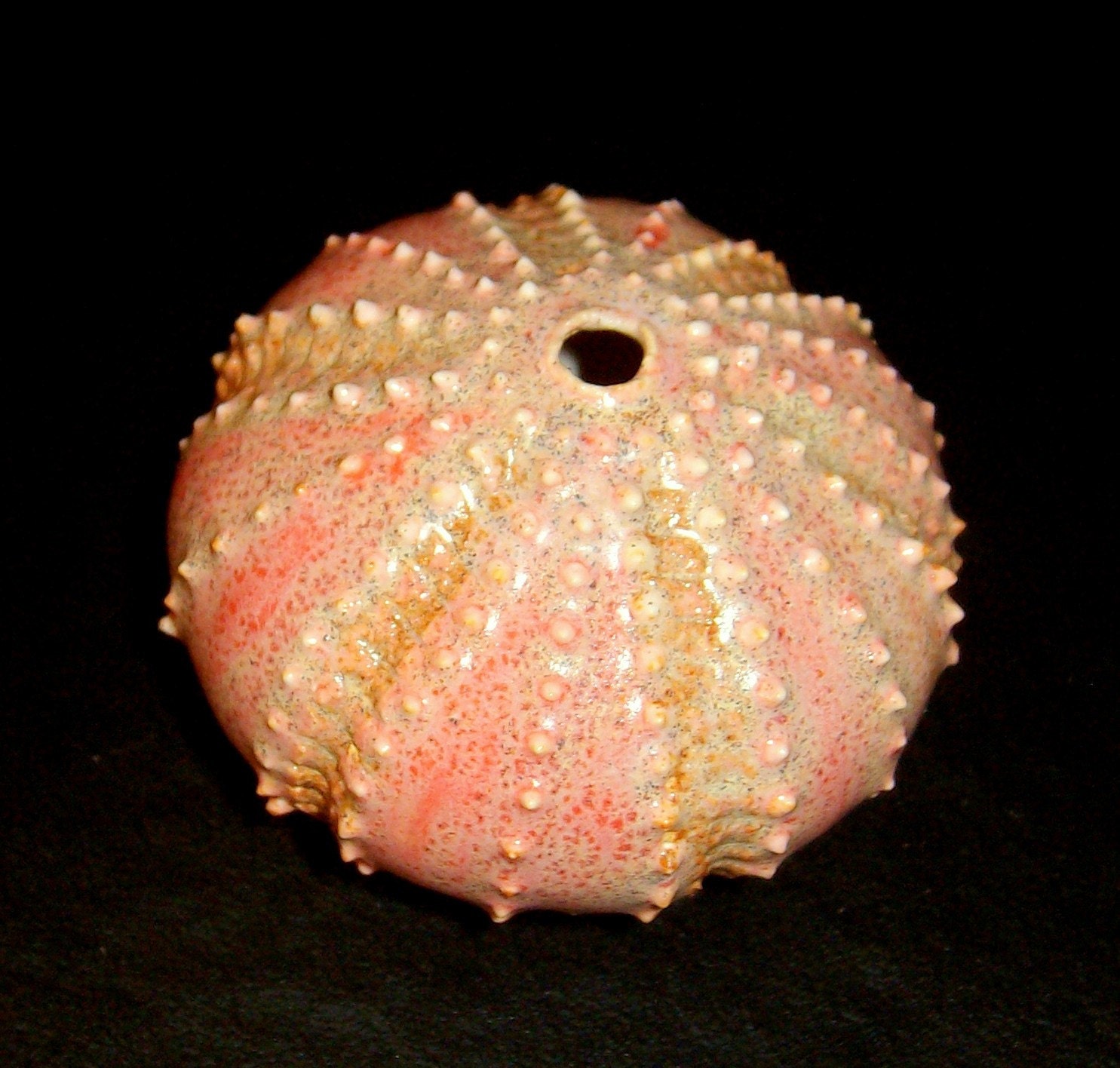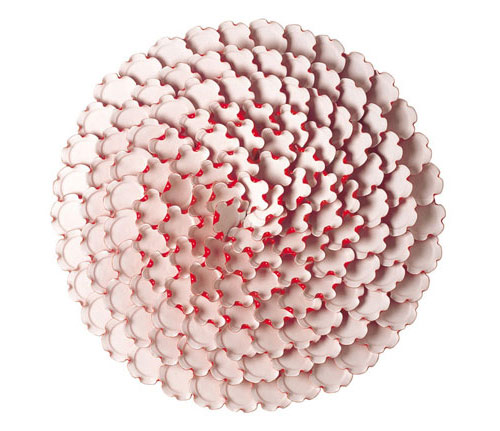 Jun Kaneko
Jun Kaneko, brought up in Japan, moved to the US and has revolutionized the boundaries of ceramic building. Some of his most popular pieces are giant clay heads and dangos. The Japanese definition of dango is a "rounded form." According to
Ceramics Today, some of his pieces weigh as much as 1,000lbs and generally take about 4 months of drying and a 35-day firing process. Also, after the process, 2 or 3 out of 10 pieces usually survive. Kaneko's ceramic pieces portray a simple, yet overwhelming presence with his use of shapes and glazes. As described by Peter Voulkos, Kaneko's professor at UC Berkley, “Kaneko’s ceramic works are an amazing synthesis of painting and sculpture. His works are enigmatic and elusive, simultaneously restrained and powerful, Eastern and Western, static and alive, intellectual and playful, technical and innovative”
























